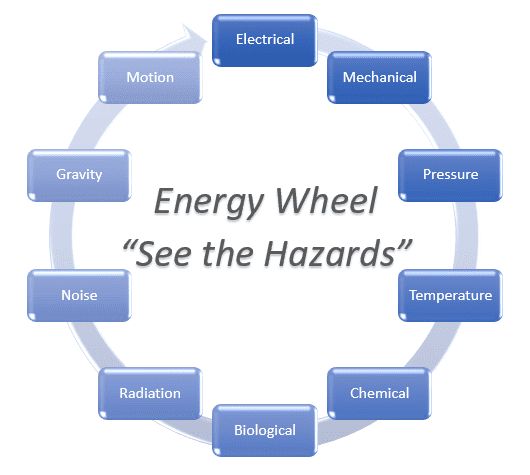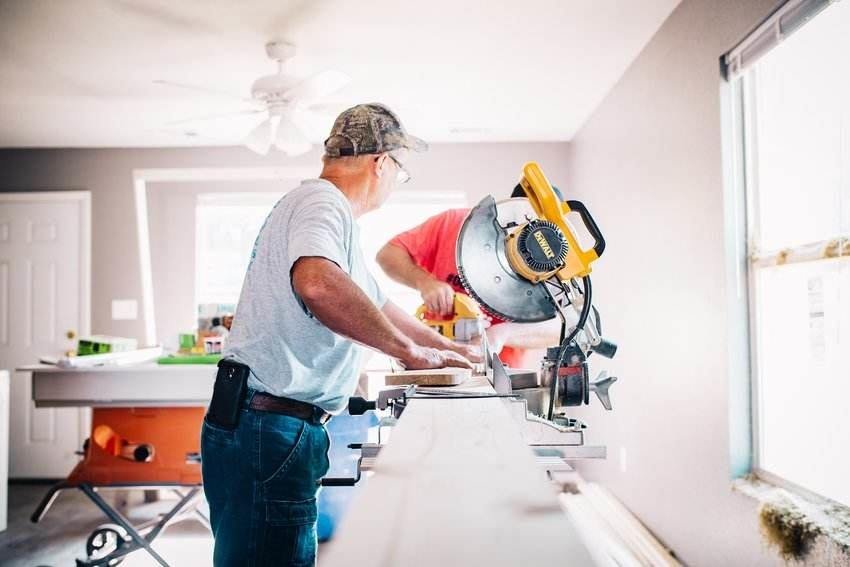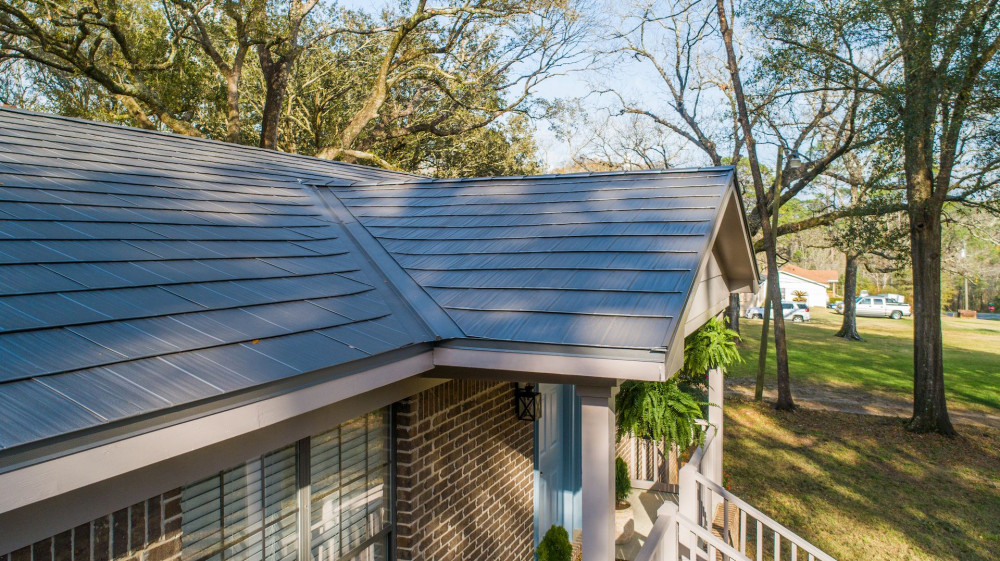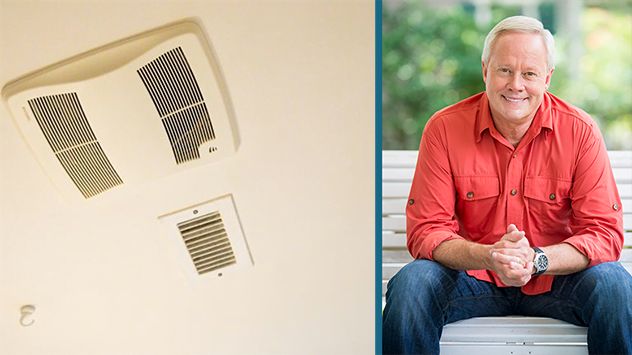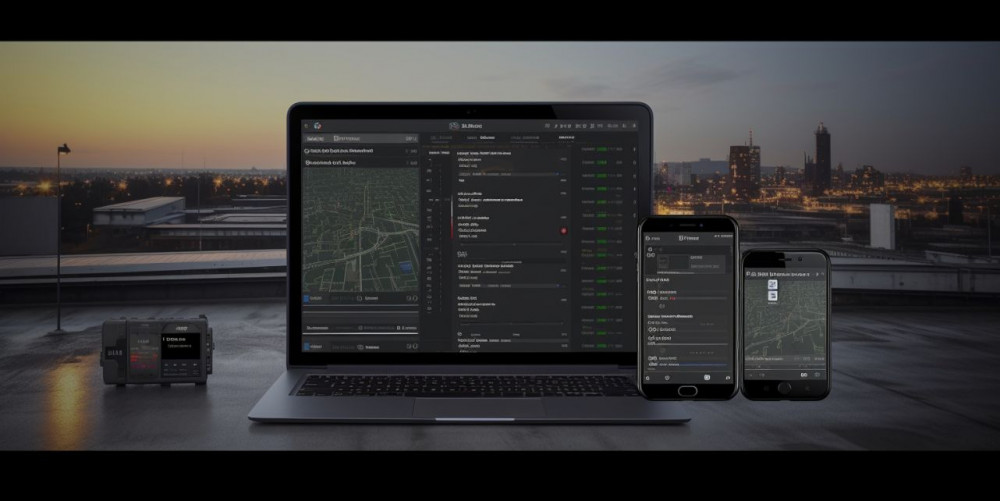District cooling is the cooling equivalent of district heating. Working on broadly similar principles to district heating, district cooling delivers chilled water to buildings like offices and factories needing cooling. In winter, the source for the cooling can often be seawater, so it is a cheaper resource than using electricity to run compressors for cooling.Alternatively, District Cooling can be provided by a Heat Sharing Network which enables each building on the circuit to use a heat pump to reject heat to an ambient ground temperature circuit.
The Kai Tak Development (KTD) is a huge development project spanning a total area of over 320 hectares covering the ex-airport and nearby areas with large demand for air-conditioning. The HKSAR Government takes the opportunity to implement the District Cooling System (DCS) which is the most energy efficient air-conditioning system in the new development.
The Helsinki district cooling system uses otherwise wasted heat from summer time CHP power generation units to run absorption refrigerators for cooling during summer time, greatly reducing electricity usage. In winter time, cooling is achieved more directly using sea water. The adoption of district cooling is estimated to reduce the consumption of electricity for cooling purposes by as much as 90 per cent and an exponential growth in usage is forecast. The idea is now being adopted in other Finnish cities.
The use of district cooling grows rapidly in Sweden as well, in a similar way to Finland.
Cornell University's Lake Source Cooling System uses Cayuga Lake as a heat sink to operate the central chilled water system for its campus and to also provide cooling to the Ithaca City School District. The system has operated since the summer of 2000 and was built at a cost of $55–60 million. It cools a 14,500 tons (50 MW) load.
Working since 1985, the system of the École Polytechnique Fédérale de Lausanne combines, depending on the needs, cooling and heat extraction. This allows for a higher overall energy efficiency of the 19 MW system.
In August 2004, Enwave Energy Corporation, a district energy company based in Toronto, Ontario, Canada, started operating a system that uses water from Lake Ontario to cool downtown buildings, including office towers, the Metro Toronto Convention Centre, a small brewery and a telecommunications centre. The process has become known as Deep Lake Water Cooling (DLWC). It will provide for over 40,000 tons (140 MW) of cooling—a significantly larger system than has been installed elsewhere. Another feature of the Enwave system is that it is integrated with Toronto's drinking water supply. The Toronto drinking water supply required a new intake location that would be further from shore and deeper in the lake. This posed two problems for the utility that managed the city's drinking water supply: 1. the capital cost of moving the water intake location and 2. the new location would supply water that was so cold it would require heating before it could be distributed. The cooperation of the district cooling agency, Enwave, solved both problems: Enwave paid for the cost of moving the water intake and also supplied the heat to warm the drinking water supply to acceptable levels by effectively extracting the heat from the buildings it served. Contact between drinking water and the Enwave cooling system is restricted to thermal contact in a heat exchanger. Drinking water does not circulate through the Enwave cooling systems.
Emirates District Cooling(Emicool), is a district cooling service provider and a wholly-owned subsidiary of Dubai Investments headquartered in Dubai investments park. It currently has 355,000 tonnes of refrigeration (TR) capacity that connects more than 2,200 buildings in the UAE. It is a member of the Dubai Supreme Council of Energy’s first Association of District Cooling Operators.
In 2006, a district cooling system came online in Amsterdam's Zuidas, drawing water from the Nieuwe Meer
India's first district cooling system is operational in GIFT City ( India's first Operational Smart City). Currently ~10,000 TR capacity is operational which has capacity to upgrade up to 50000 TR.Gujarat International Finance Tec-City in Gujarat.
On November 9, 2010, The world's largest district cooling plant opened at The Pearl-Qatar. This plant is owned and operated by Qatar District Cooling Company Qatar Cool. It is capable of cooling a load of 130,000 tons (450 MW). The project was built by C.A.T International (part of C.A.T Group).
A project started in 2012 in Kuwait for the Sabah Al-Salem University City with district cooling. It is capable of cooling a load of 72000 TR and it has two central utility plants with 36 chillers, 36 cooling towers and 2 TES (Thermal Energy Storage) tanks.
In Germany, amongst other projects, Munich established a rapidly growing system in 2011 with its core below the Karlsplatz (Stachus), drawing water from the underground Stadtgrabenbach. There's a 24 km network, currently supplying 16 larger organizations.In 2011, the estimated total thermal power output of all district cooling systems in Germany was 160 Megawatt distributed over 90 km.
If the other renewable alternatives are too warm during the summer or too expensive, cold storage can be investigated. In large scale applications underground and snow storage are the most likely alternatives. In an underground storage the winter cold is heat exchanged from the air and loaded into the bedrock or an aquifer by one or more bore holes. In a snow storage frozen water (snow and/or ice) is saved in some kind of storage (pile, pit, cavern etc.). The cold is utilized by pumping melt water to the cooling object, directly in a district cooling system or indirect by a heat exchanger. The lukewarm melt water is then pumped back to the snow where it gets cooled and mixed with new melt water. Snow cooling works as a single cold source but can also be used for peak cooling since there is no relevant cooling limit. In Sweden there is one snow cooling plant in Sundsvall, built and owned by the county. The cooling load in Sundsvall is about 2000 kW (570 tons of refrigeration) and 1500 MWh/year.
Especially in subtropical regions not only cooling, but dehumidifying of the air becomes important. Liquid desiccant cooling allows to generate remotely and efficiently a moisture absorbing liquid. This liquid can be pumped or transported long distances without energy loss.
DCS consumes 35 percent and 20 percent less electricity as compared to traditional air-cooled air-conditioning systems and individual water-cooled air-conditioning systems using cooling towers respectively. With its high energy efficiency, the implementation of DCS at KTD will achieve estimated annual saving of 85 million kilowatt-hour (kWh) in electricity consumption, with a corresponding reduction of 59,500 tonnes of carbon dioxide emissions per annumal.
